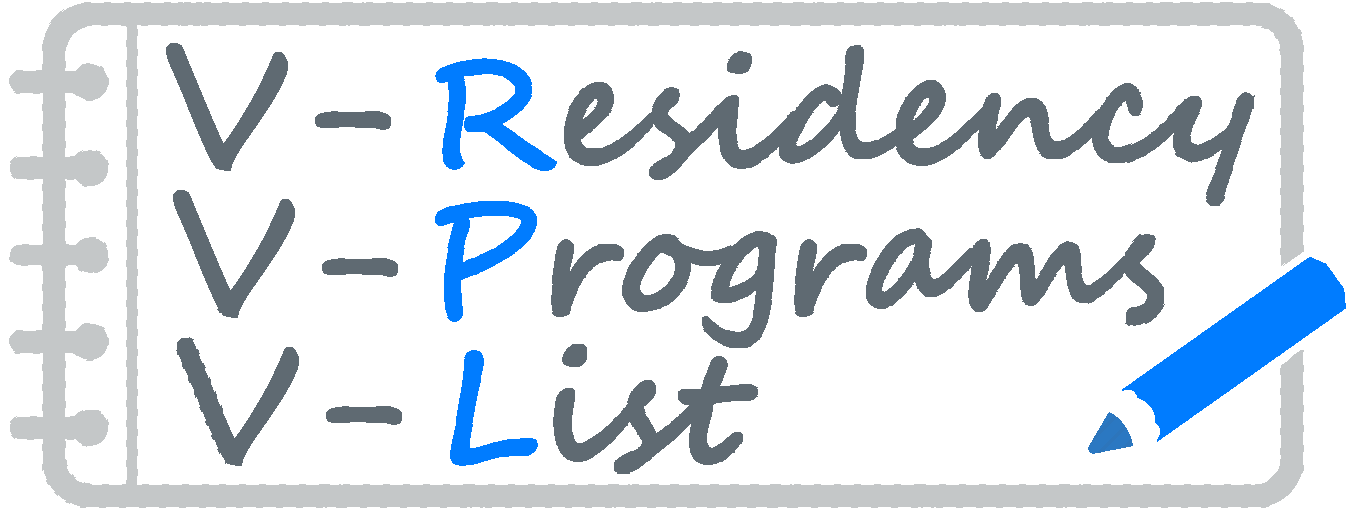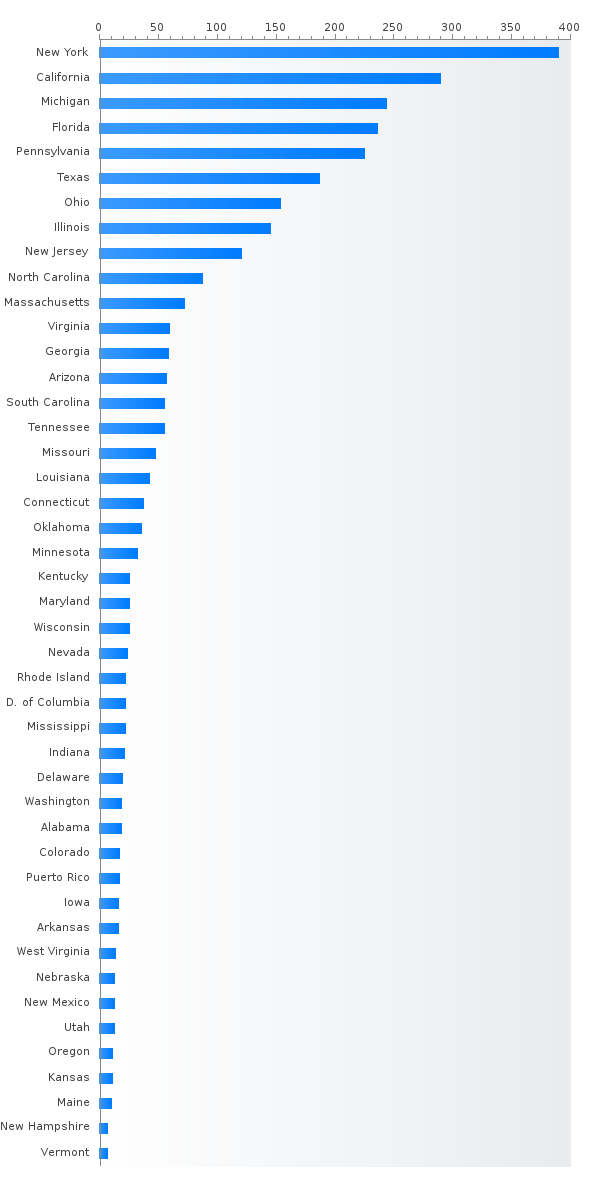Emergency medicine (EM) residency curriculums are designed to train well-rounded EM physicians who are clinically excellent, procedurally competent, culturally sensitive, and capable of working in all settings. Irrespective of your career goals, at the end of your residency training you should feel comfortable handling nearly all scenarios while working in a single coverage emergency department (ED). In my opinion, exposure to critically ill patients and a large volume of patients and pathology are the more important parameters for prospective EM residents to consider when assessing residency programs.
My institution, Lincoln Medical and Mental Health Center, is a large New York City (NYC) county hospital in the South Bronx with a level 1 trauma and stroke center designation. Additionally, it is one of the top 10 busiest EDs in the nation with approximately 180,000 patients per year. We are a four-year residency program with over 20 weeks of critical care training outside of the emergency department, including medical, surgical, cardiac, and neonatal critical care. Additionally, your intern year includes a 4-week ultrasound and critical care rotation, which allows you to become comfortable with key concepts of critical care and point of care ultrasound early in residency training. Also, our residents are very fortunate to participate in a 4-week toxicology rotation at the world-renowned NYC Poison Control Center. Like most NYC residency programs, shifts are 12 hours in duration with an annual shift reduction from 19, 18, 16, and 15 shifts per month, respectively.
Similar to most NYC county EM residency programs, our residents see extremely high volumes of often underserved and diverse patient populations. Often, our patient population has poor health literacy, a high degree of untreated mental illness, and challenging social circumstances resulting in generally a sicker patient population at baseline compared to most community EDs. The combination of high patient volume and a relatively sick patient population creates the perfect storm for residency training. The above factors contribute to our high rates of medical and traumatic, both blunt and penetrating, resuscitations, where volume is likely the most beneficial parameter to building confidence in the high-stress environment. Outside of resuscitations, the sheer volume of patients teaches residents how to scan the ED for “sick” patients and manage the ED efficiently from an acuity priority, as opposed to length of stay. Finally, our residents see a large volume of decompensated psychiatric conditions, which is arguably one of the most challenging patient populations to assess and provide a safe disposition. Overall, exposure to such high volumes of medical, traumatic, and psychiatric pathologies grants our residents time and experience to build and test mental algorithms to navigate nearly all patient encounters. Importantly, all learning is overseen and approved by our amazing team of attending physicians to ensure patient safety and evidence-based medicine is at the forefront of our management. Volume in EM residency training is akin to location in the real estate industry; the more pathologies you see and procedures you perform, the more you will learn and the better off you will be in the future.
Despite the excellent medical training, NYC county EM residency programs do come with their downsides. Oftentimes, the hospitals are underfunded, which frequently manifests in staffing shortages. Although frustrating, I would argue that these shortages have made me a better physician. For instance, at the end of the day, you're the physician and are responsible for every aspect of patient care in the ED. Having said that, you should know how to perform most nursing tasks and operate all the equipment in the ED including, but not limited to, high flow nasal cannula, CPAP/BIPAP, and ventilators. Knowing how to perform these tasks and operate the medical devices efficiently will never harm you and will likely only benefit you and your patients. Other downsides include fewer research opportunities, difficult patient populations, fewer complex medical patients, and fewer benefits when compared to some academic programs.
Taken together, NYC county EM residency programs will train you to be a resilient, confident, and exceptional EM provider capable of handling virtually all scenarios you may encounter when practicing in a single coverage ED across the nation. I highly recommend considering NYC county EM residency programs for your postgraduate training.
Read more


